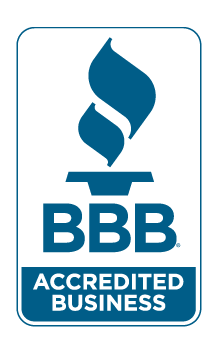The most important part of Insurance selling is having leads. Regardless of how those are generated, having people to see each and every week is the difference between succeeding or not. The goal of every lead is getting an appointment…period.
The chief mistake I see agents make in appointment setting is over qualifying the lead.





